The wind ripples the water, causing small valleys and ridges along its surface. Above, it rushes through the brittle, bare branches of trees. I can hear creaking, like an old house does during a ruthless storm, and for a moment I fear – however irrationally – that a limb shall snap and fall on top of me. But such is the paranoia that exists in solitude; you fear the worst, and you fear (perhaps most of all) that if the worst were to occur, you won’t be found. I apologize for the melodrama; I’ve been reading a bit of Edgar Allen Poe recently, and I find myself somewhat adopting his penchant for the bleak, but anyway, I digress. The water is cold and chilly as death, even through the thick rubber of my Wellingtons. I can feel my blood pumping hot in my feet. Even in these frigid conditions, the sun shines in a cloudless and cobalt sky. In the water, I see a small school of fish with bright eyes that gleam in the sunlight. They are the only animals I see on my excursion. Two of the three objects I’ve been following have barely altered in any
way: the lichen and the water levels. The blue lobelia has withered to the point that it blends in with the rest of the detritus. Because of this I couldn’t find it.
During this project I’ve witnessed actively, rather than passively the changing of the seasons. The moments I’ve spent in nature during this sitspot – no matter how small in the grand scheme of things – have been lovely respites from the pressures and whims of everyday life. I have learned that creek fish can survive in much lower temperatures than I thought – which is also the one thing I will probably remember from this experience. All of the other moments have passed in forgettable waves of tranquility or feverish writing in my lab journal.

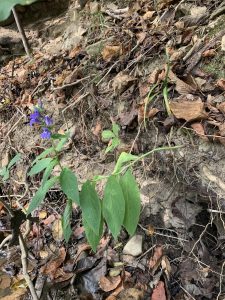
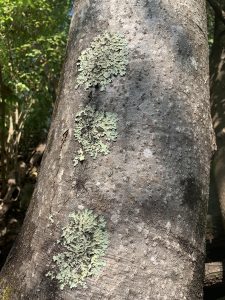

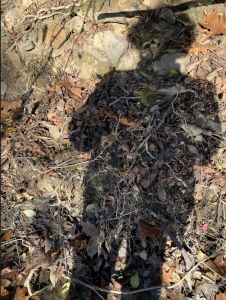
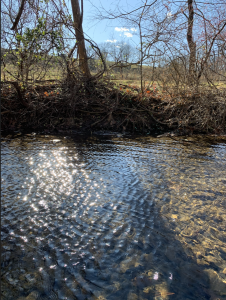
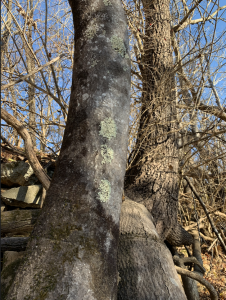
I loved the poetry at the beginning of your last blog, I feel that is kinda how I felt about doing this one last time! It was so interesting how you talked about the Creek fish as a whole that they can survive in lower temperatures I wonder if saltwater fish can do the same? Also surprised that not a lot of your three things changed Oh Well! But that something has withered to the point of disappearing was also an incredible observation!